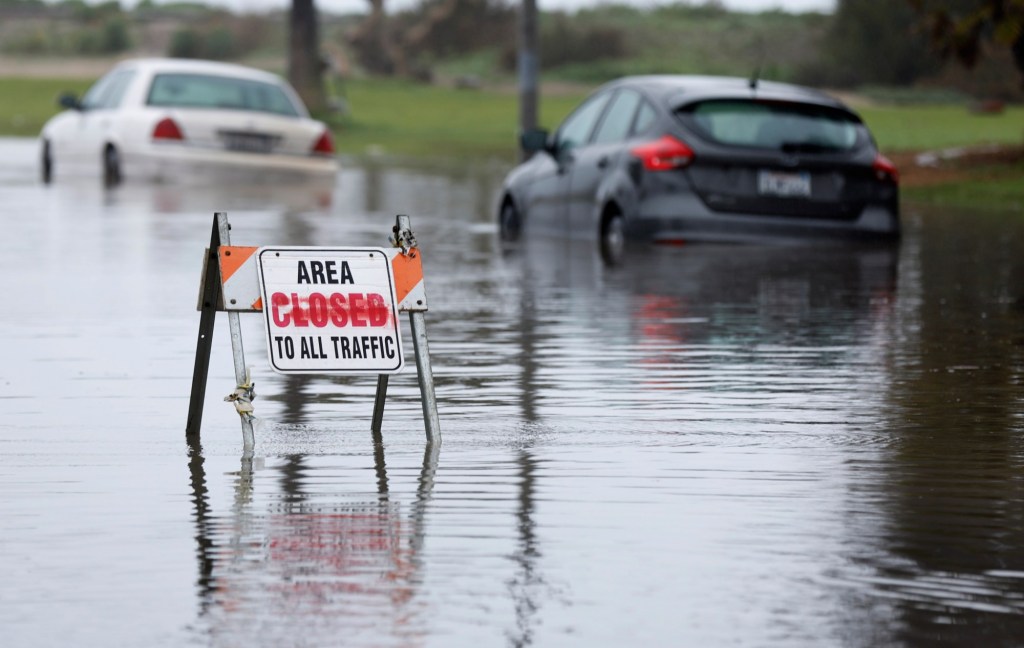

A new, more powerful storm is heading toward San Diego County this week and has the potential to bring multiple inches of rain and flash floods to communities throughout the region.
The storm is projected to begin Wednesday morning and stay through Friday, with the heaviest rainfall occurring over the last two days, Stefanie Sullivan, a meteorologist at the National Weather Service, said Monday.
The storm that arrived in North County last week, but largely missed South County communities, brought between 0.2 and 0.5 inches of rain. The region can expect that much rain on Wednesday alone this week, Sullivan said.
Two inches of rainfall is expected in southern and northern parts of the county, such as in San Diego, Oceanside and Fallbrook, while East County mountain communities, such as Palomar Mountain, could see anywhere between 3 to 4 inches.
Prior to these recent storms, the region has faced months of dry conditions and fire watches. Since Jan. 1, there has been an average rainfall of 0.38 inches in the county and about half an inch since Oct. 1, the official start to the rainy season.
“The average total rainfall is around 5.5 inches, so we’re still 5 inches below normal,” Sullivan said. “This will for sure be the heaviest rainfall we’ve had so far this winter.”
A flood-watch warning is in effect for most areas in the county, as well as dozens of other Southern California communities, with rainfall rates on Thursday and Friday possibly exceeding a half-inch per hour, officials said.
Excessive runoff may result in flooding of rivers, creeks, streams, and other low-lying and flood-prone locations, causing traffic delays, blocked intersections and dangerous driving conditions, NWS officials said.
“Slow down, use your headlights and try to avoid driving through flood waters,” Sullivan said.
In anticipation of the heavy rains, the county and Cal Fire are offering free sandbags to residents and businesses in unincorporated areas.
“Rain can cause flooding and erosion, particularly in areas that are not covered by plants, landscaping, grass and trees,” county officials said in a news release. “Rain runoff can sweep topsoil, mud, plant material and debris off land and downstream where it can damage homes, clog culverts and storm drains, and flood and damage roadways.”
Residents were asked to double-check ahead of time which fire stations in unincorporated communities would be providing free bags and/or sand to residents and to remember to bring their own shovels to fill bags.
County officials cautioned drivers, advising them to defog their windows and try to drive in the middle lanes to avoid water that pools in outside lanes. They also advised drivers to allow an extra 15 minutes or so to drive to their destination.
Originally Published:






